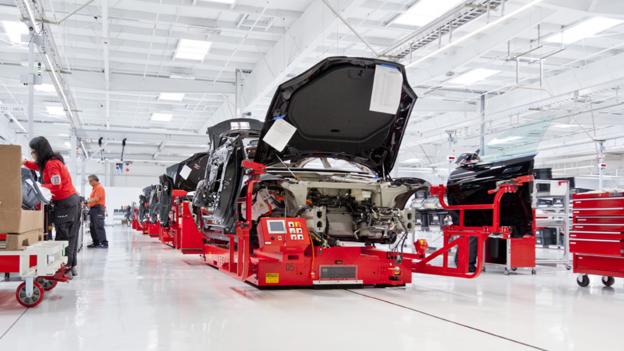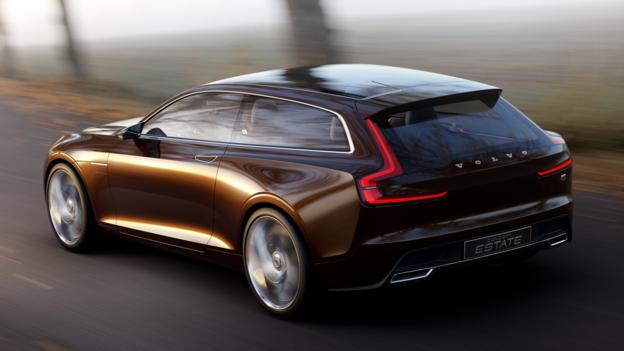
Circulation degradation Vehicles are ensnared at an intersection in Xi’an, the capital city of Shaanxi province, where according to wires reports the traffic signal failed. The city is often plagued by serpentine traffic jams, and heavy smog this winter has compounded those problems, reducing visibility for motorists. As BBC News reported, Chinese authorities are facing mounting pressure from citizens to regulate pollution-intensive industries and seek carbon-neutral forms of energy production and transport.

McLaren 650S by the numbers With the public debut of the new 650S supercar just days away, McLaren Automotive this week revealed performance figures and pricing for its middle child – and they are eye-widening. The sprint from zero to 62mph happens in 3 second flat, zero to 124mph takes 8.4 seconds (a full second quicker than McLaren’s vaunted F1), and the car covers the standing quarter mile in 10.5 seconds (0.6 seconds quicker than the F1). Top speed is a breezy 207mph. And yet, despite its ferocity, the 650S returns an admirable 20.1mpg (US gallon) on the European combined cycle – about 10mpg better than the F1. The 650S Coupé starts at £195,250 (about $327,000); the 650S Spider starts at £215,250 (about $361,000). The cars are set to debut on 4 March at the 2014 Geneva motor show.

Tesla sparks plan for new ‘Gigafactory’ With its stock trading above $200 per share and production maximised at its plant in Fremont, California, Tesla Motors announced a major project intended to lower the price of lithium-ion batteries. Dubbed the Gigafactory by co-founder and CEO Elon Musk, the facility – which would be constructed in one of four US southwest states at a projected cost of $5bn – would supply the company with battery packs for its eventual mass-market EV. Tesla to date has focused exclusively on the sport-luxury vehicle segment, where high development and production costs for lithium-ion battery packs are more easily borne by purchasers, but the company has repeatedly stated its intention to build a mainstream EV. The Gigafactory would produce packs in sufficient volume to lower the technology’s cost, according to Tesla.

Volvo rounds out concept trilogy Ahead of the car’s formal debut on 4 March at the 2014 Geneva motor show, Volvo previewed its Concept Estate, a two-door wagon that carries strong hints of the Swedish carmaker’s design direction. It is the third car in a trilogy of concepts dating to September 2013 – with the introduction of the Concept Coupe at the Frankfurt motor show – intended to mark a break from Volvo’s boxy past. Chinese corporate parent Geely had funnelled a reported $11bn into Volvo since purchasing it from Ford Motor in 2010.

Ford ute marks 80 years down under Just weeks after announcing it would cease producing vehicles in Australia in 2016, Ford Motor announced the 80th anniversary of its ute vehicle – half car, half pickup truck. The body style has its roots in Australia, and Chevrolet’s Holden subsidiary has also produced its own version. (Modern Ford utes carry the Falcon name). According to Ford, the ute’s development was prompted by a letter received in 1933 by a farmer’s wife: “My husband and I can’t afford a car and a truck but we need a car to go to church on Sunday and a truck to take the pigs to market on Monday. Can you help?”

A bespoke throne Faurecia, a France-based supplier of automotive components and seating systems, is developing a self-adjusting seat model for use in large luxury automobiles. According to a report by Automotive News, the new seat model, called Oasis, would use pressure-triggered and optic sensors to mould cushions to their occupants’ contours. Faurecia would not divulge the name of its Oasis client, but allowed that it was a North American carmaker. Suppliers such as Faurecia are seeking ways to simplify seat adjustments in luxury cars, whose operation can be cumbersome and confusing.



Leave a reply